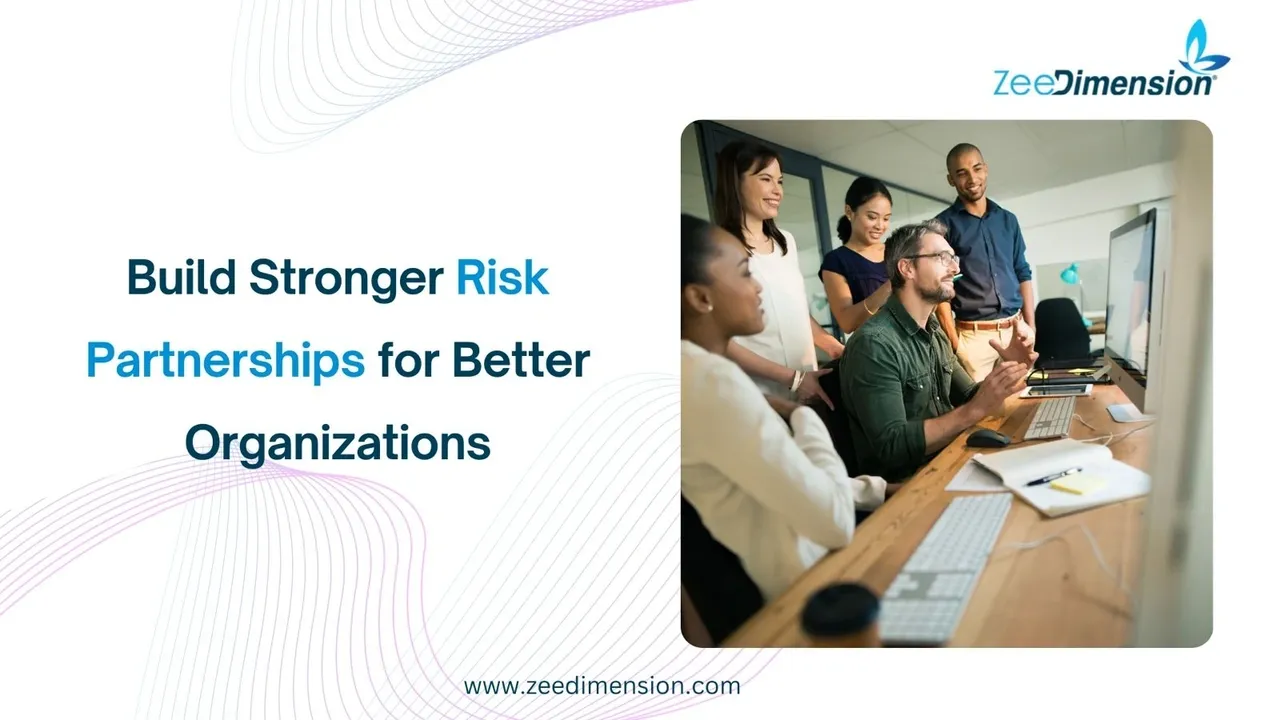
Why Stronger Risk Partnerships?
Governance today demands more than just individual efforts.
Internal Audit, Risk, and Compliance must collaborate seamlessly to build resilient organizations.
Embrace an Integrated Approach
-Break down silos between Audit, Risk, and Compliance.
-Share information, align assessments, and coordinate assurance.
-Present a unified, proactive governance model.
Move Beyond Traditional Boundaries
-Involve the second line of defense (e.g., risk managers, cybersecurity, compliance).
-Engage the C-suite and Board.
-Make cross-functional collaboration the norm, not the exception.
Speak the Language of Business
-Translate risk into business goals.
-Facilitate workshops, shared dashboards, and ownership models.
-Make risk a business enabler, not a blocker.
Use Everybody’s Knowledge
-Tap into the collective intelligence across the organization.
-Risk champions. Cross-training. Anonymous reporting.
-Reward proactive risk behaviors.
Educate Your Stakeholders
Empower through Knowledge
-Simplify Complex Risk and Assurance Concepts
Break down technical jargon and present risk in clear, actionable terms everyone can understand.
-Empower Every Employee to Understand and Act on Risk
Make risk literacy a core part of training. Equip teams to recognize risks and take appropriate action.
-Turn Governance into a Shared Commitment
Promote a culture where risk management is everyone’s responsibility, not just a compliance function.
Expand Your Influence
Build a Stakeholder Engagement Strategy
-Map Key Players
Identify internal and external stakeholders who impact or are impacted by risk decisions.
Know who holds influence, who needs information, and who needs to be aligned.
-Understand Their Priorities
What keeps them up at night?
Align risk conversations with their goals—finance, operations, compliance, or strategy.
-Tailor Your Messaging
-Speak their language.
-Frame risk insights in ways that resonate with what matters most to them.
Strengthen Relationships
-Maintain regular conversations with stakeholders.
-Build trust before crises arise.
-Measure, adapt, and refine engagement continuously.
Final Message
Risk management isn’t a department. It’s a shared responsibility. Those who build strong risk partnerships today will lead the stronger organizations of tomorrow.







